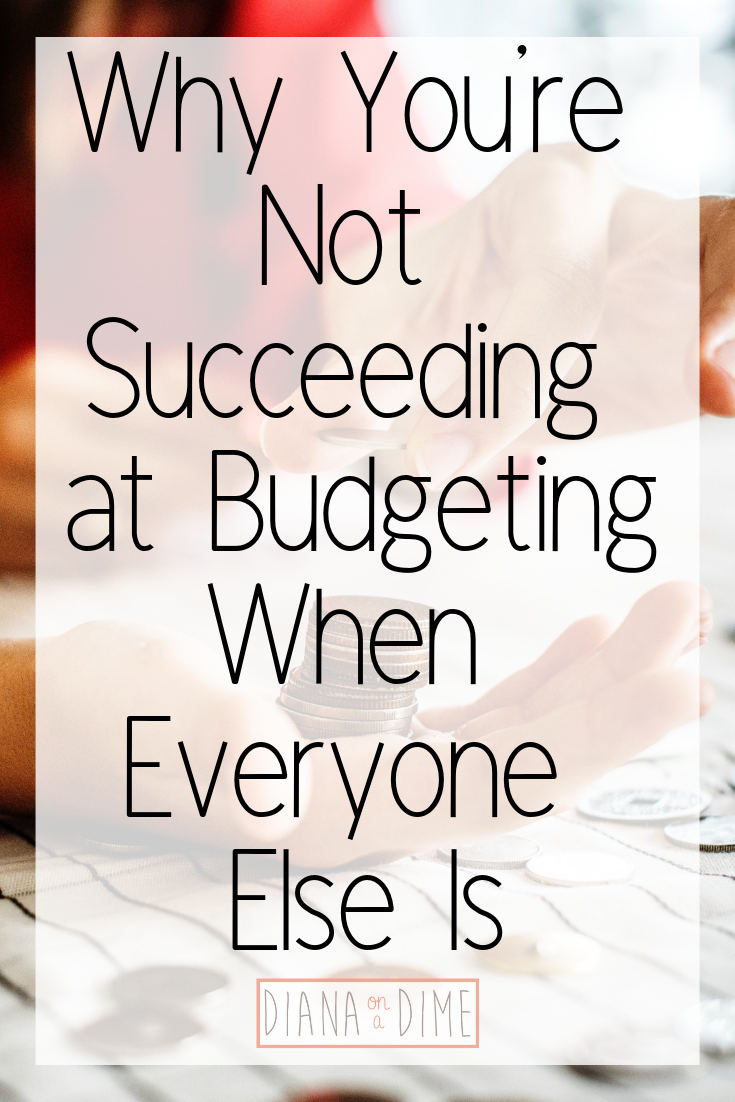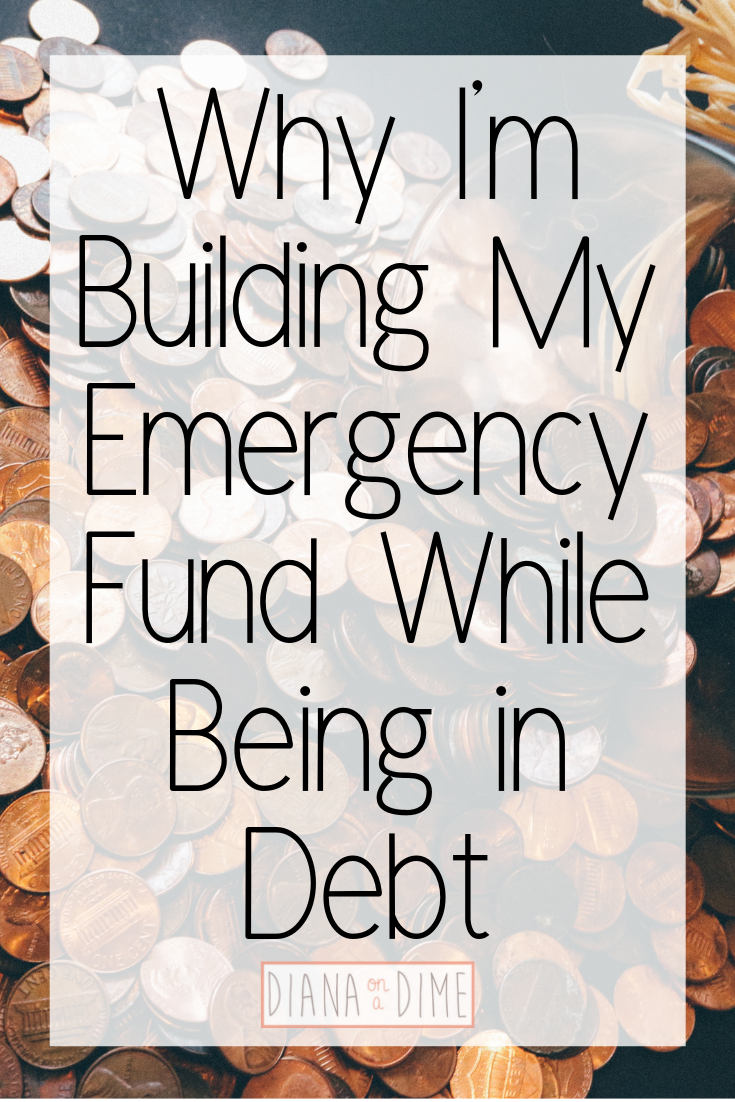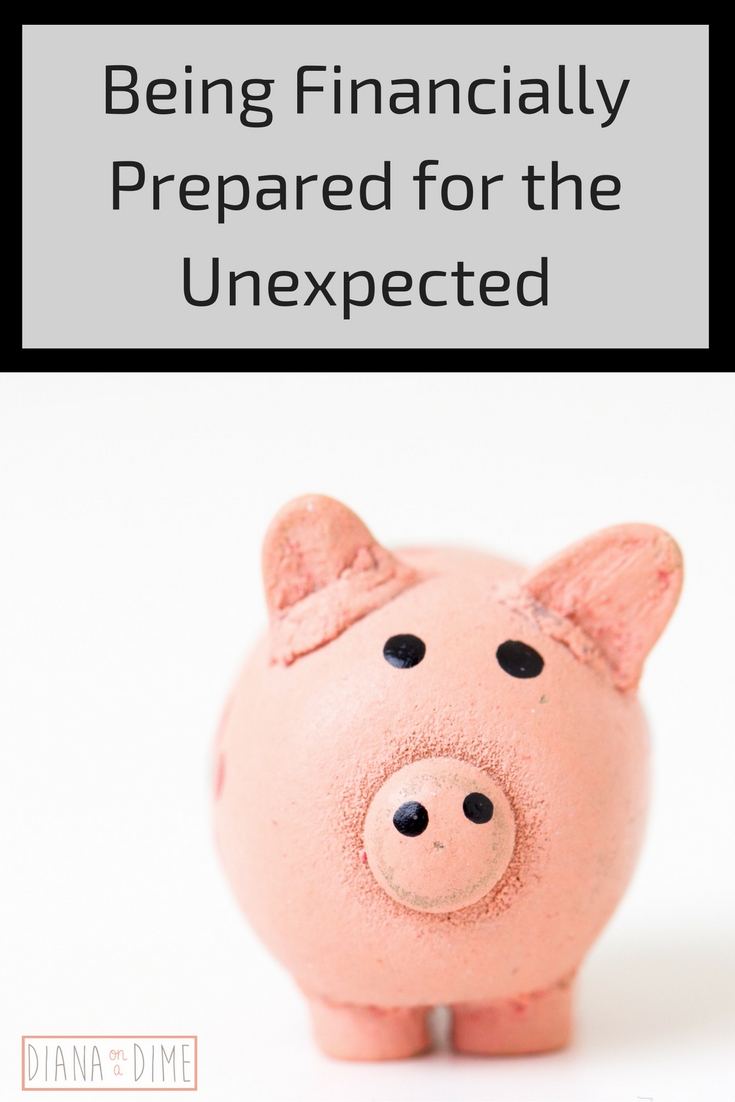How to Balance Multiple Financial Goals at Once
This post may contain affiliate links. Check out my Disclosure Policy for more information.
When you are first starting to tackle your finances, it can be overwhelming. There are a lot of moving parts. And you need to find a way to manage them all. The good news is that there is an easier way of doing all of this.
You need to find a way to slow down and not get ahead of yourself. This was very hard for me. When I want something, I want it yesterday. This has been especially challenging throughout my debt payoff.
I couldn’t just get rid of my debt and there was no quick fix to $201k in student loans. No matter what, I’d be on this journey for awhile.
That’s where managing it all comes into play. It’s still not easy, but you can learn from my mistakes and tackle this a much better way.
1. Find what you truly value and start tracking your expenses.
As hard as it might be, it’s important to take things slow. Don’t dive in and put yourself on a budget. I tried doing that and guess what, I failed. Set yourself up to more likely be successful by tracking your expenses first.
This allows you to truly see where your money is going. You should never create a budget just by randomly thinking of how much you want to spend. Your budget needs to be realistic.
Another benefit of doing this is that you see your spending habits. I know I got so angry when I saw how much money I was spending eating out and on coffees. Of course, these two categories aren’t going to make me rich, but it was a decent amount going to these two categories each month.
Once you see where your money is going, you can decide where you want to cut back on.
2. Create a list of your goals.
Your goals are obviously going to change. Some of them will have strict time constraints and others will be broader goals for now. I suggest you put everything on this list. Even as small as getting your eating out budget under $50 each month. Or, increasing your income by $50.
The reason you want those small goals on there is because they are moving you towards your bigger goals. It will help you feel accomplished when you are working on massive goals, like paying off $201k of student loans. You’ll be able to look back on your list and see all that you have already done.
Figure out what goals have time constraints on them. For example, I need my summer sinking fund full by July 1st. If I start this in September, that means I have 10 months to reach this goal. I can put aside $300 every month until then and have $3,000 saved for the summer.
$3,000 seems very daunting, but $300 is much easier to manage. Plus, this can easily be added to my budget. I like breaking my bigger goals into smaller monthly goals. This makes it easy to add to my budget each month and easier to reach.
3. Align your budget and your goals.
When you create your budget, keep your goals in mind. You’re going to have to figure out what needs to take priority for you. Of course, you can’t work towards all of your goals at once, you won’t feel any traction on any of your goals. I have shared the spreadsheet I use to create my budget and track my expenses, if you’re a Google Sheets person, this is for you!
My suggestion is to always have a budget in place with sinking funds and then get started on your 1 month emergency fund. This sets you up for success while you tackle your bigger goals. I’m currently working towards paying off my student loans. It is by far the largest expense I have right now.
I’ve been working on this goal for almost 4 years. It’s a long road and I’ve had to slow down a few times to focus on other goals that needed to get done first.
Every journey is different, but you need to make sure that your budget and your goals are aligned. As you complete one goal, remove it from your budget and start working a new goal into your budget.
4. Re-adjust your goals and your budget.
Most of time, life doesn’t go as we plan. Sometimes these are good and sometimes they are bad. What’s important is that we adjust for them. I have always struggled with this, but I know it’s important.
While working on my goal to pay off my student loans, it’s really hard for me to slow down. I want to always put the most amount I can towards my debt. The reality is that it can’t always happen that way.
This is when you have to adjust your goals and your budget. The reality is that sometimes other things need to be a priority. The one that usually gets me is filling my car sinking fund back up after I get work done. The reality is that I need to maintain my car and I have a sinking fund for this. It wouldn’t make sense to not fill this back up because my car will always need maintenance.
To manage multiple financial goals, you need to stay organized and keep an updated budget.
Having multiple financial goals is a good thing. With a little bit of organization and budgeting, it is easy to manage it all. When you’re first getting started, I suggest to only have one goal. As things come up in life, you can add more as you feel they are needed. This can easily be done by figuring out when you need the goal to be completed and how many months you have until then. This monthly number will be added to your budget.
When you’re just getting started with working on your finances, it is overwhelming. Take it one step at a time and try not to overwhelm yourself. As always, I’m here to help if you’re struggling to get started. Do you have multiple financial goals? How are you managing them all?





